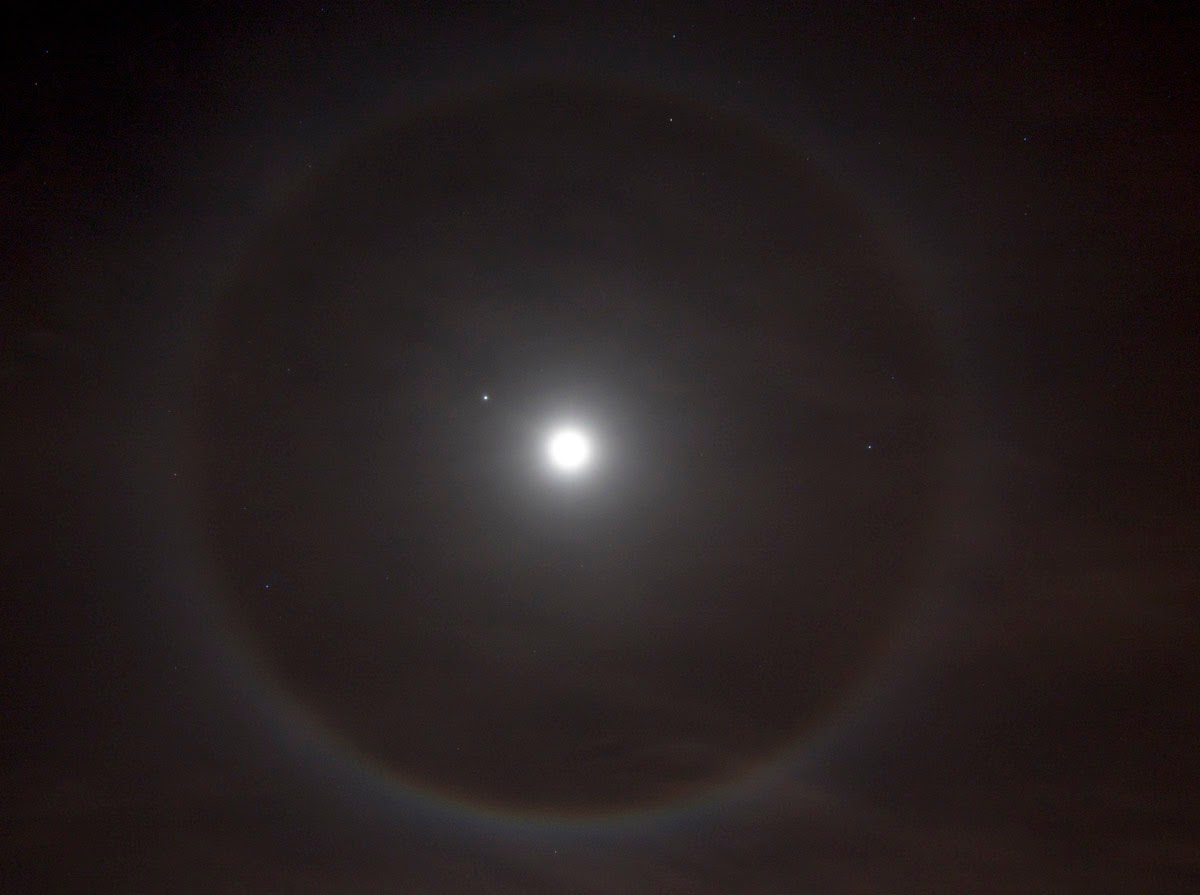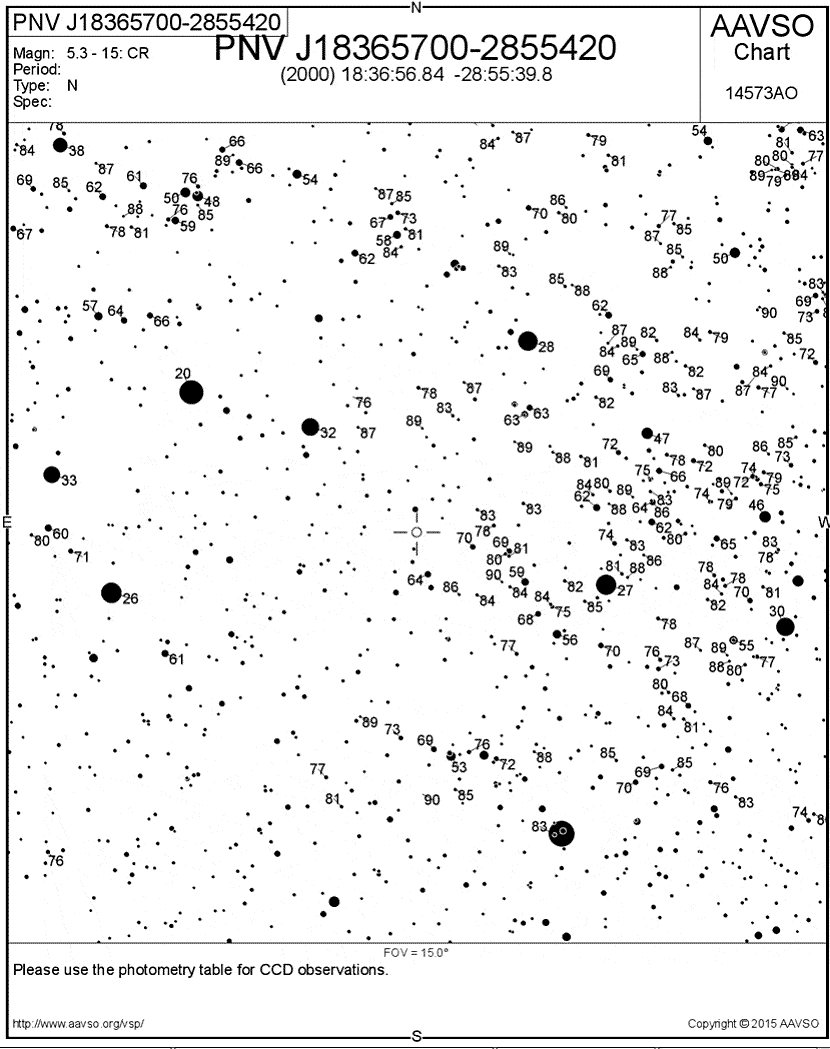Growing up in the flatlands of the Midwest, it wasn't till moving to Arizona that I discovered mountains. They are magical places, not only cool and relatively lush compared to the desert floor, but the views from the high ground are spectacular! It is likely the

closest I routinely get to flying unless I join my buddy Chuck in his plane, which doesn't happen very often. I had a little photo project to do from the air, and he was willing to oblige with a plane flight around Pima County last week. More on that project later...
I met up with him at Ryan Field, where he keeps his Maule single prop plane. While he fueled up, I figured we had nothing to complain about concerning gas prices in Tucson. While we're paying $2.21 in town, the self-serve pump at the field is over twice that!


His lil' beauty is shown at left, parked off to the side while I moved my van into his hangar and used the facilities before takeoff. If you click to see the full-size image, you will note the telescopes of Kitt Peak in the background - our flight plan was to take us out past the National Observatory, and back in past it, so you'll see it again soon. The quarters in the plane were a little cozy, but fine for an hour's flight. He often works with photographers for his "tree hugger" work, so reviewed with me how to open my window for the best imaging results. At right is a 3-frame mosaic (again, close quarters) as we're about to start taxiing.


Seemingly in a few minutes (it was closer to 15 with my nose pressed-to-window), we approached Kitt Peak. I had 2 cameras with me - the usual Canon XSi I use for 95% of the images on the blog, the other was the Canon 20D I converted to IR use a few years back. Most new cameras have good sensitivity in the IR, but most all have IR-blocking filters. In this case, the IR-block was replaced with an IR-pass filter. As a result, it has good haze penetration (with the longer wavelengths), light or white vegetation, and dark sky and bodies of water in a mostly-B&W image. Unfortunately we had some light clouds this Wednesday morning, so the sky wasn't as dark as it would normally show, and some loss of contrast towards the horizon. At left is one of the first IR shots approaching the mountaintop Observatory from the east, and about the same elevation as the peak. At right is a color image, unfortunately directly down-sun, so no shadows to speak of... You can see the haziness in the air in the distance...


That haze, showing up as bluish in visible light, is better penetrated with the longer wavelengths of IR. The image at left taken a few seconds later is a good demonstration. Mountain ranges are clearly seen off nearly to the horizon. In addition, contrast in the ground details remains high. Finally, as the last demonstration of IR radiation, bodies of water show as dark as they absorb IR. There is a dam at the mouth of "Horseshoe Canyon" on the western slope of Kitt Peak, resulting in a small lake that is used as an emergency source of water. Nearly all of the water used atop the mountain is collected and treated rainwater. In any case, the lake shows as nearly black in this image

Anyway, the project in mind... I've always wanted to know how far you can see from Kitt Peak. Of course, at night, the tongue-in-cheek answer is that you can see 2.5 million light years with the naked eye to the Andromeda Galaxy. My quest is for the furthest terrestrial point one can spot from the 7,000 foot elevation. An image seen decades ago had one of the solar astronomers identify a peak to the west as a range on Baja. I'm thinking they were assuming that Picacho del Diablo, over 10,000 feet was visible from nearly 250 miles away. Identified in a
recent post from Rocky Point, Mexico, this peak has a
distinctive double-peak profile, and I was hoping with the IR wavelengths and higher elevation would make it more obvious, if visible at all. An image at left from Kitt Peak, a mosaic with a small scope, I'm thinking the Pinacates were mis-identified on that old photograph. The task was to unambiguously identify these peaks and see if the far side of the Sea of Cortez could be spotted.

We proceeded past Kitt Peak and went another 25 miles a little past the reservation capital of Sells, while climbing to 10,000 feet. About 5 miles short of the Mexican border we did a slow left turn while I took a series of exposures. Assembled into an 11-frame mosaic, the Sea of Cortez was easily seen, but the cloudiness in my opinion limited visibility as far as seeing the far side. A small part of it is shown at right, and shows a better view of the above visible panorama, including better identifications of Mount Cubabi and the Pinacate range, both in Sonora, Mexico.

On our return trip we passed Kitt Peak,
this time on its northern side. This first wide view is almost directly up-sun, so not optimum conditions, but a nice perspective from a little-seen angle. From this side, Horseshoe Canyon, where the lake is located as above, is easily made out bottom center. There are radio as well as optical telescopes on the eastern ridge of the Canyon, well below the rest of the scopes atop the mountain. A better view occurred five minutes later, shown at right, just showing the upper Observatory grounds. With the vegetation showing up light in IR wavelengths, it is almost a "where's Waldo" game to find all the telescope domes hidden there!


One more comparison of the IR camera to the visible color camera can be done as we were on approach to Ryan Field to land. Taken within a minute of so of each other, the IR image was taken first, then the color image taken, showing a lot of haze - even more than I recall seeing by eye. Full disclosure though, these pictures were about the only ones taken through the front windshield... Still the difference in the view of the "Tucson
Valley" is pretty amazing!
So the task to determine the furthest point visible from Kitt Peak is still "up in the air" so to speak. I don't think Baja is visible, though if I can talk Chuck into another flight with better skies I'll be glad to go!




































































